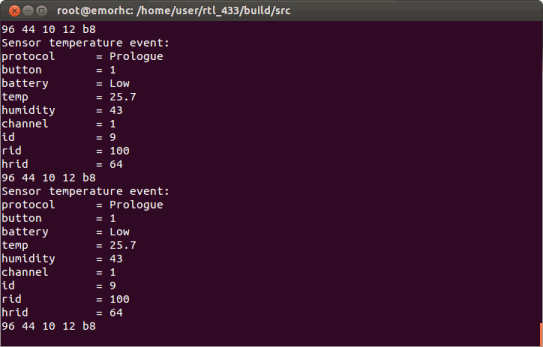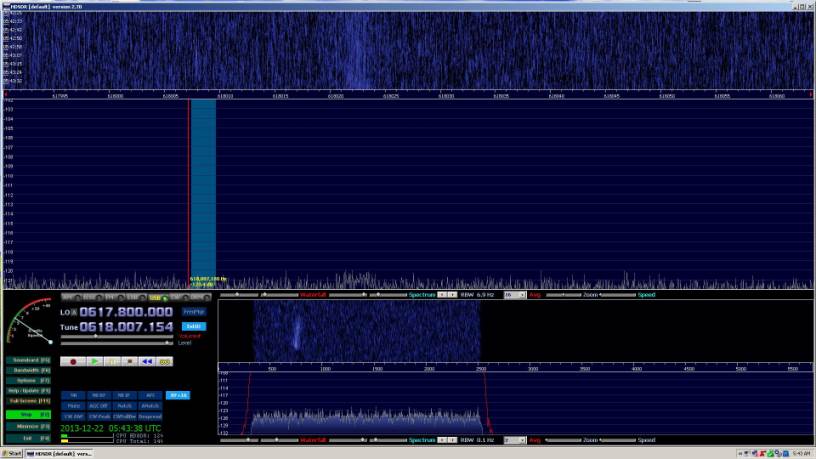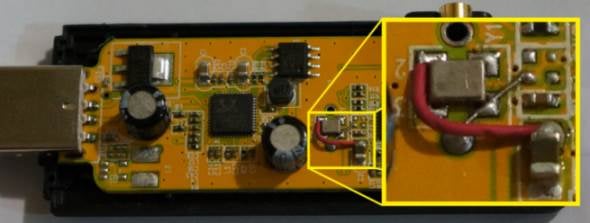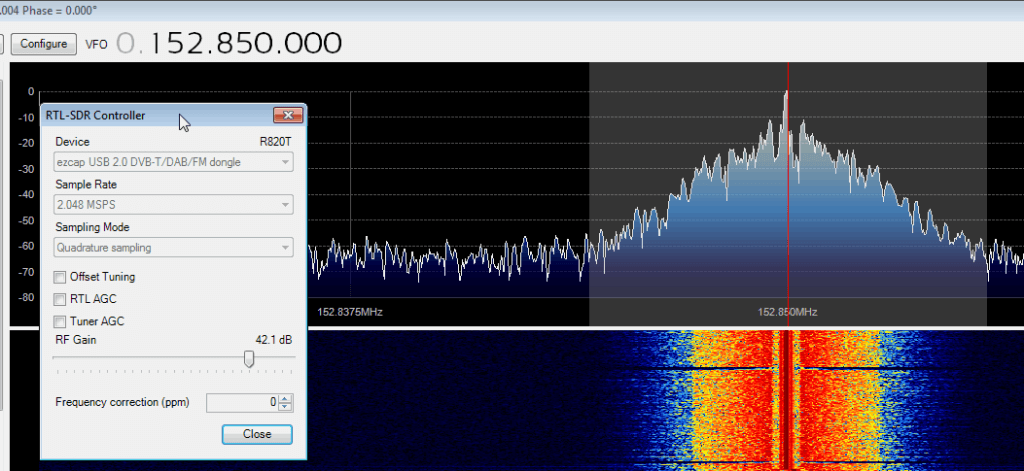Improved Digital Voice P25 Decoding with DSD+
Update: This post is now very old. The latest version of DSD+ can now to found at www.dsdplus.com.
Over on Reddit we've seen mention of an upgraded Digital Speech Decoder (DSD) program, named DSD+. The original DSD is a program that can be used in conjuction with a SDR receiving program such as SDR#, and an audio piping program like VBCable to decode digital speech, such as P25 and DMR/MOTOTRBO.
DSD+ claims to have improved decoding and audio quality capabilities. An audio sample from a weak P25 sample can be found here for DSD+, and for comparison here for the old DSD.
DSD+ can be downloaded from this megaupload link.
To run DSD+. you will need to place an MP3 encoder file lame_enc.dll into the same folder as the dsd.exe executable. This file is not included with DSD+ due to licencing. For Windows, lame_enc.dll can be downloaded from http://lame1.buanzo.com.ar/#lamewindl (Mega Mirror). Download the ZIP option, and then copy the dll file into the same folder as DSD+.
If you don't know how to use DSD, see our tutorial on using DSD here, and if desired simply use DSD+ instead of the original DSD. (Note cygwin is not required for DSD+)










